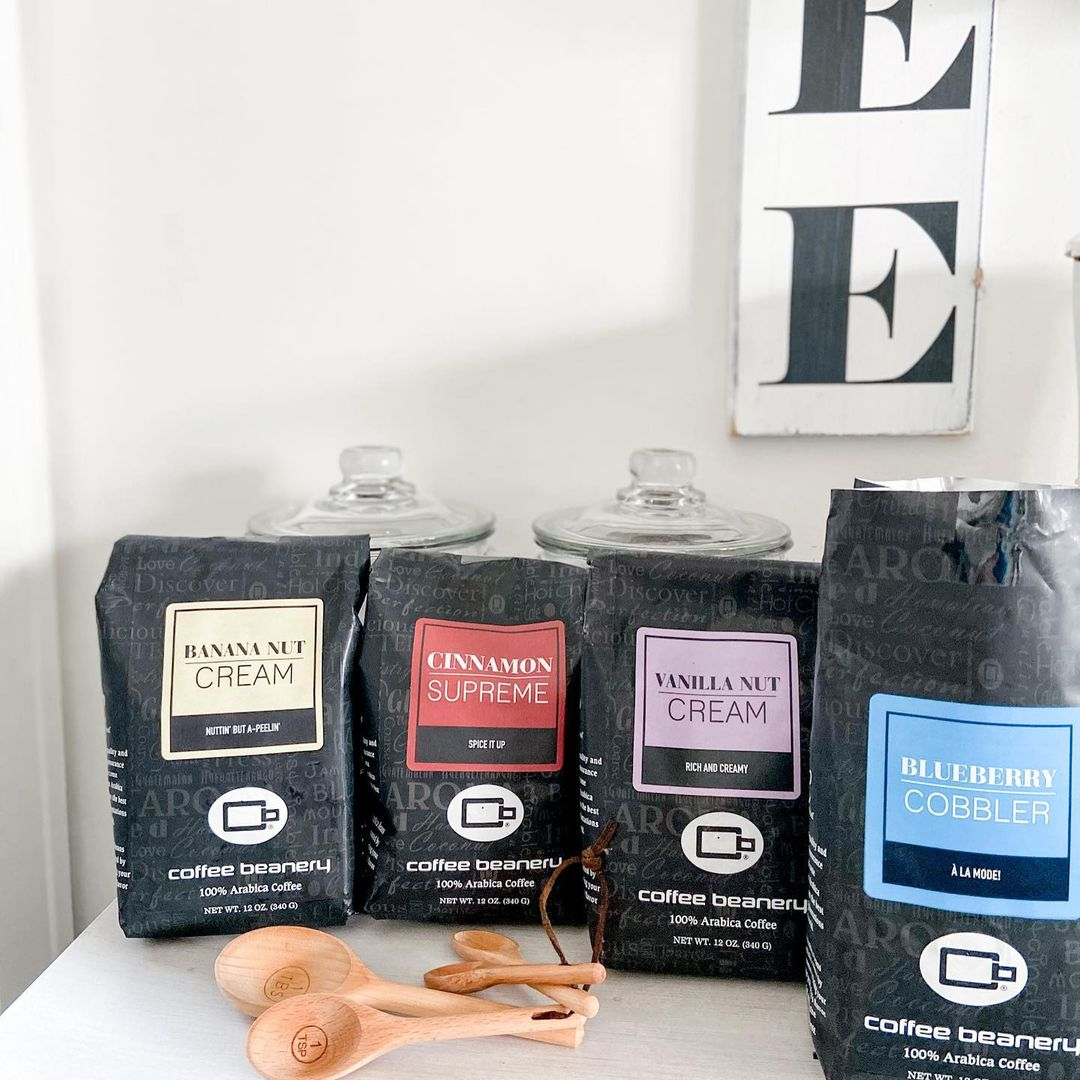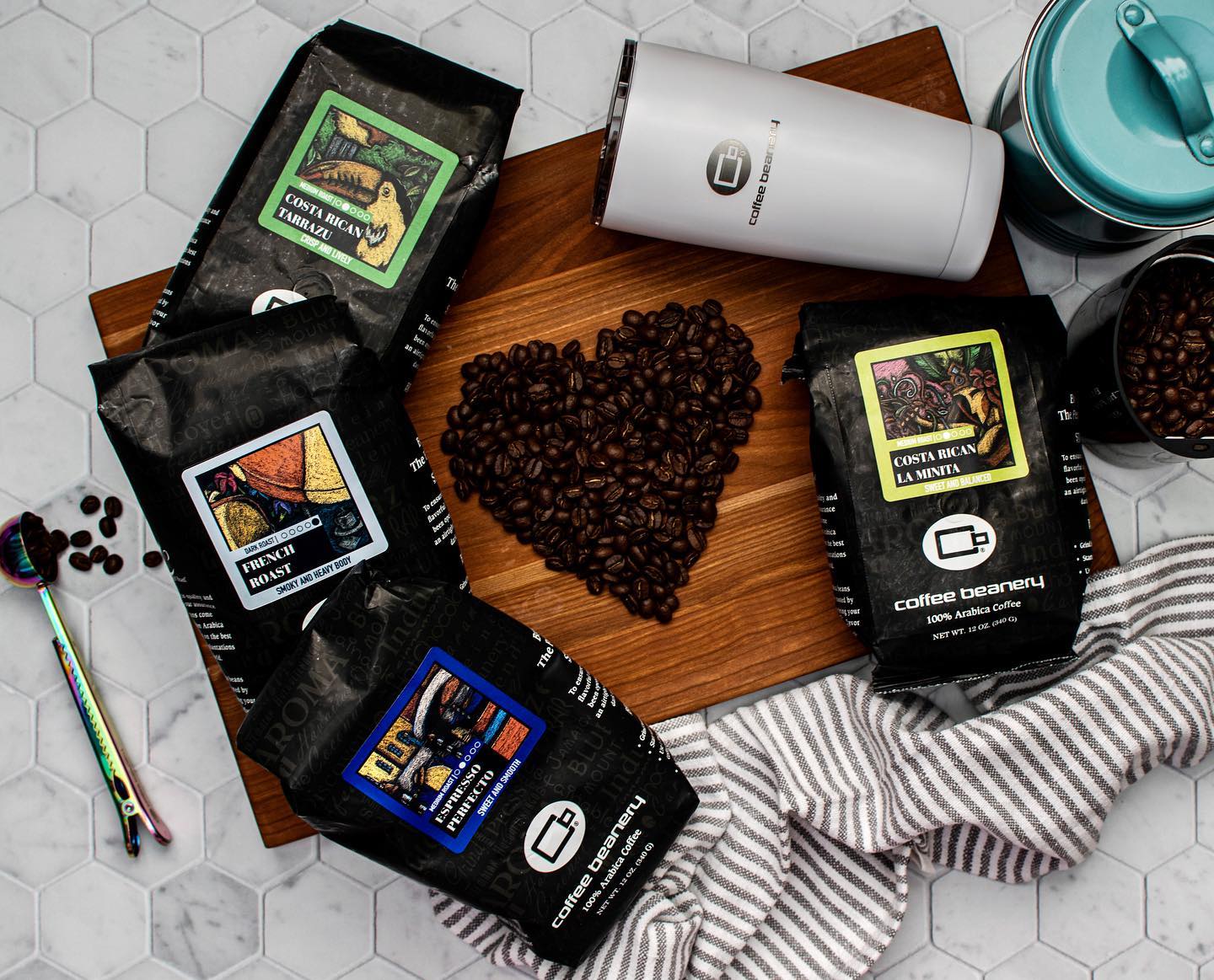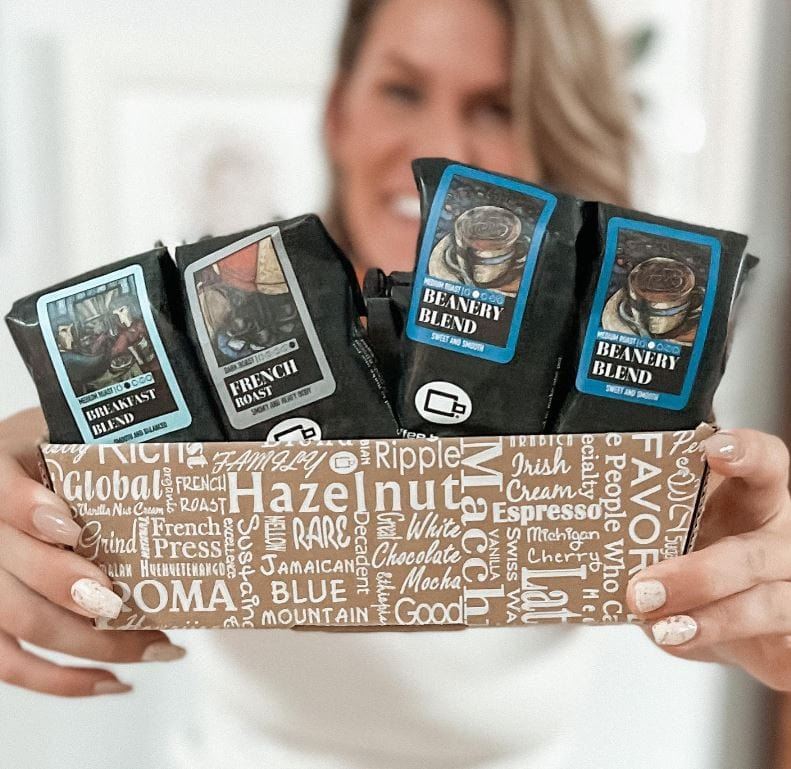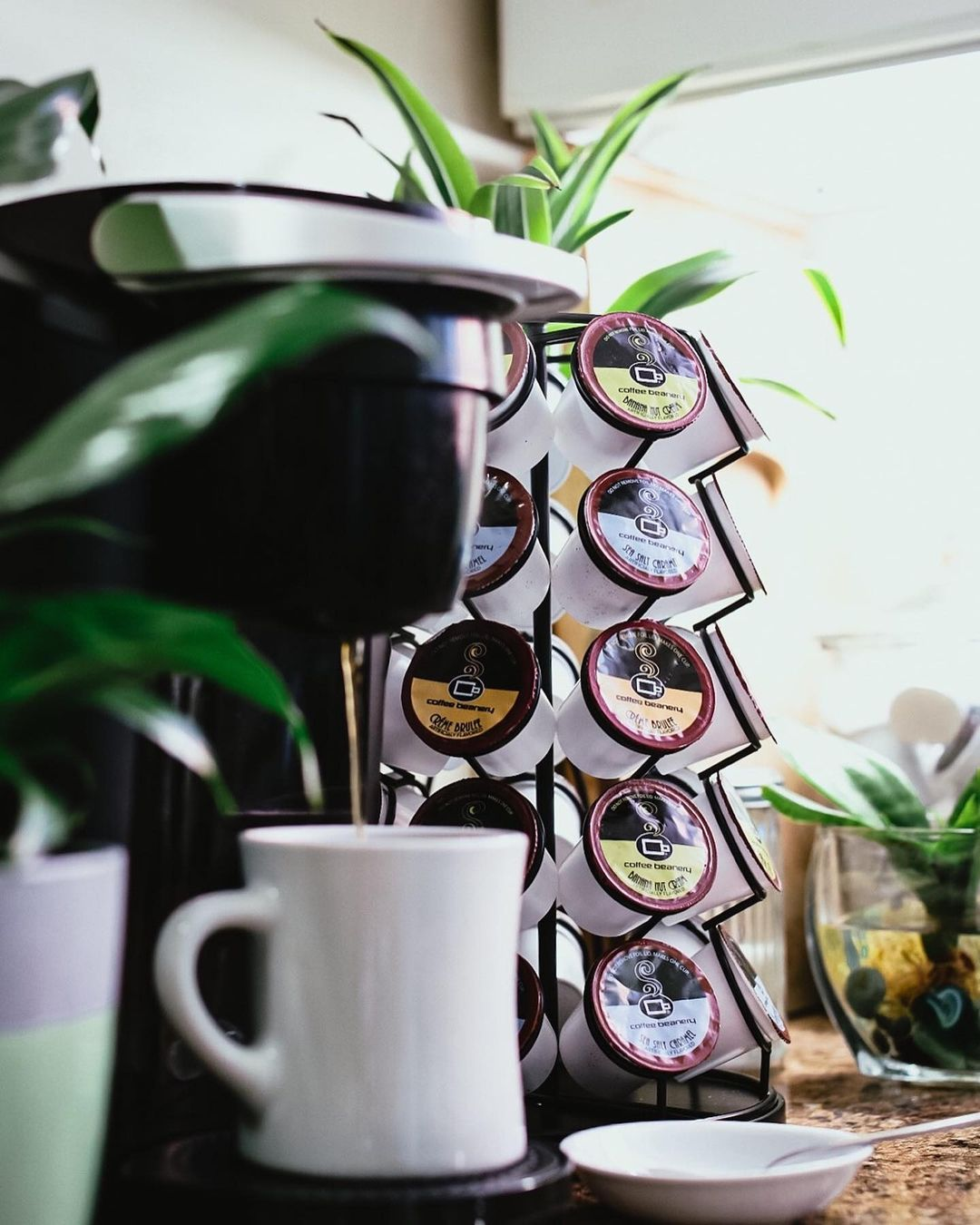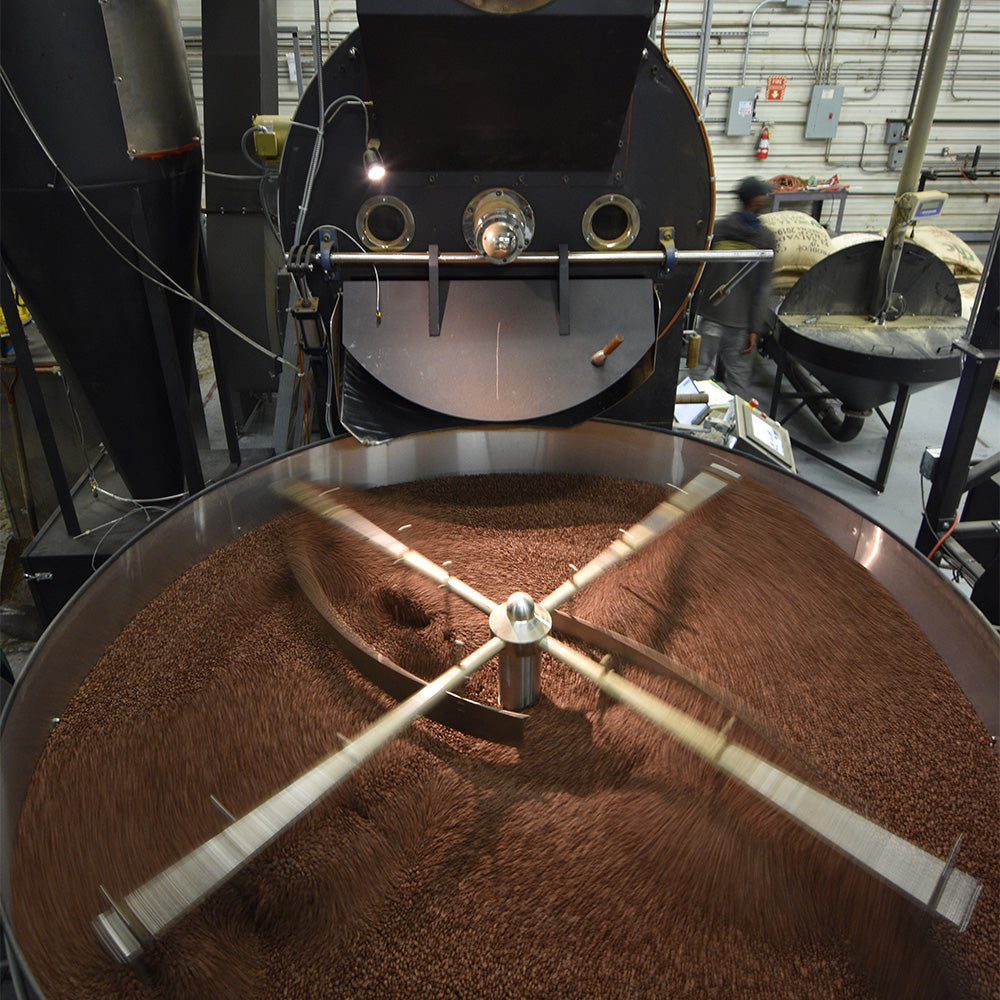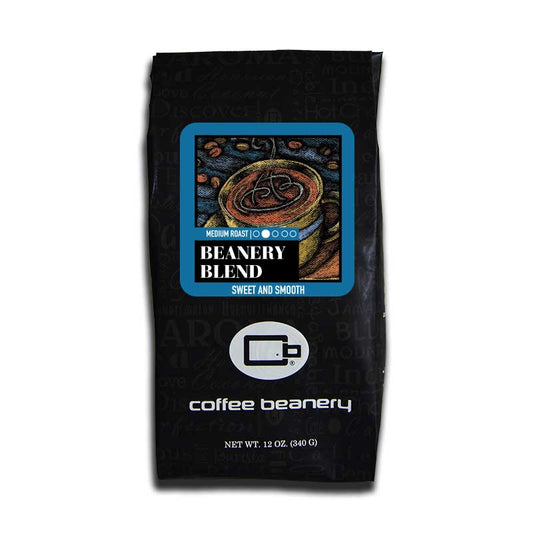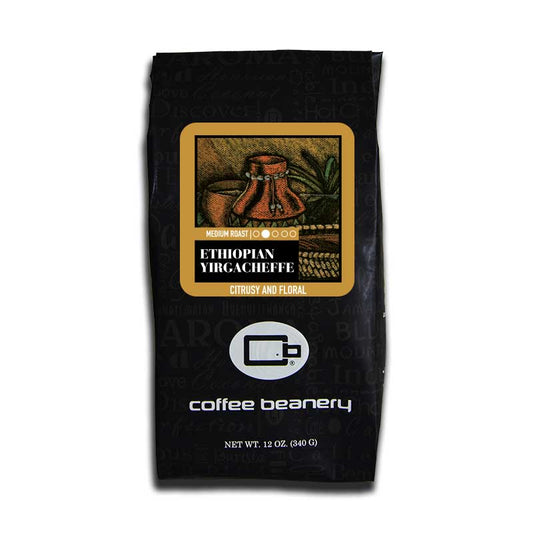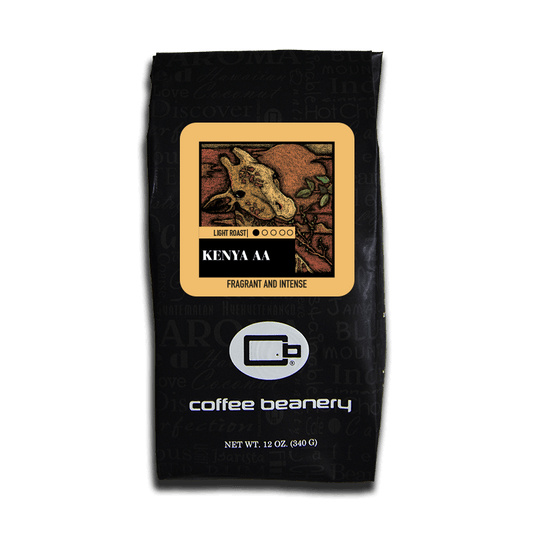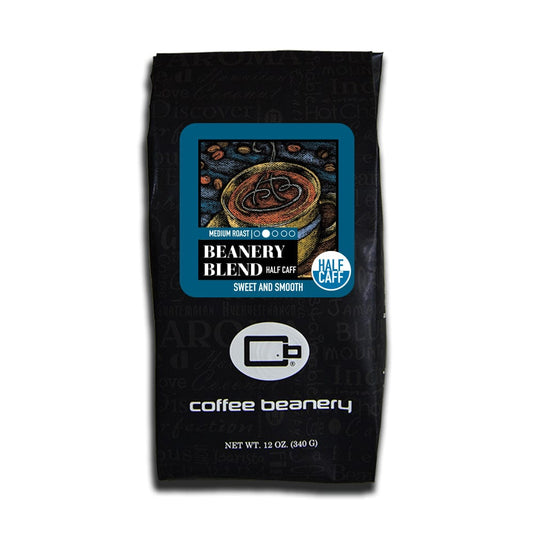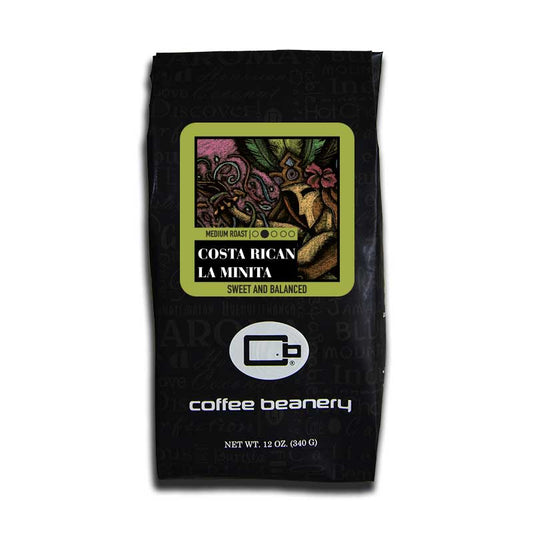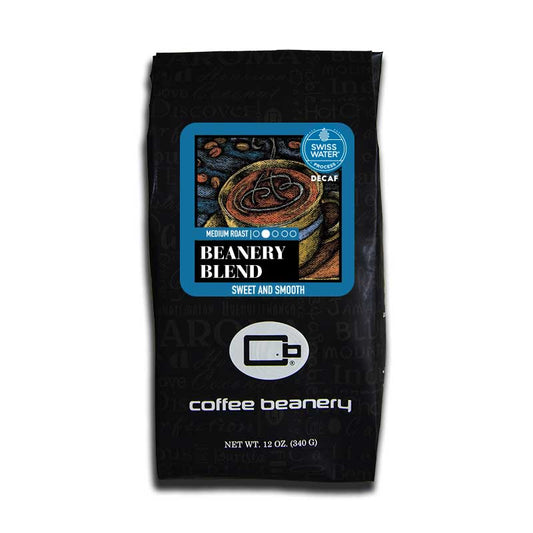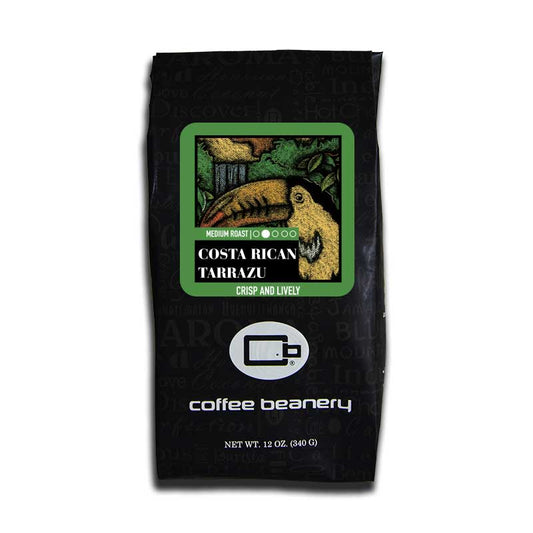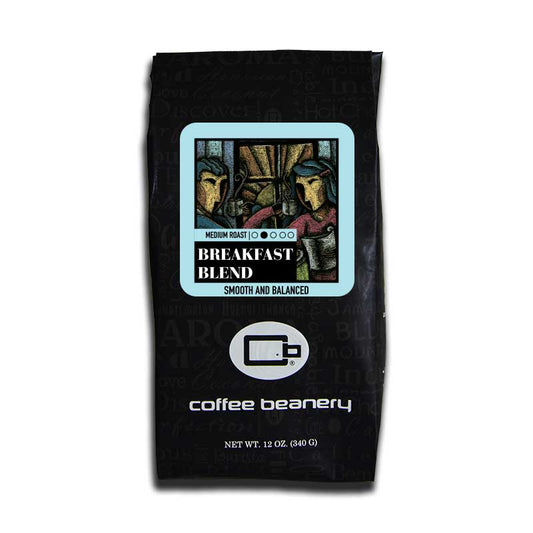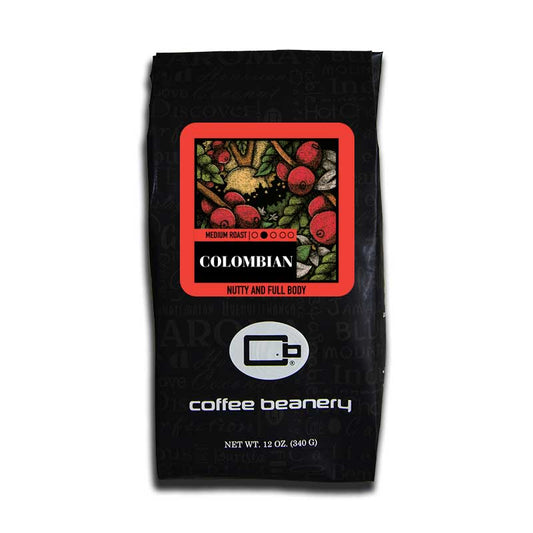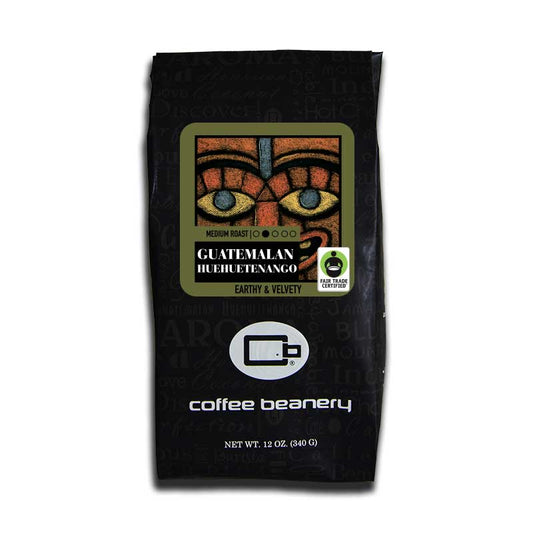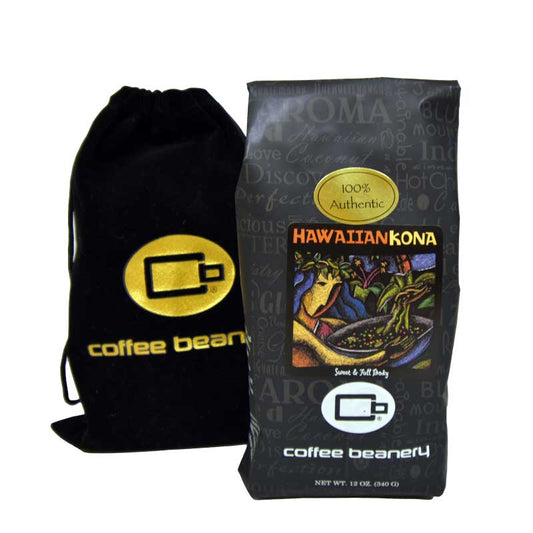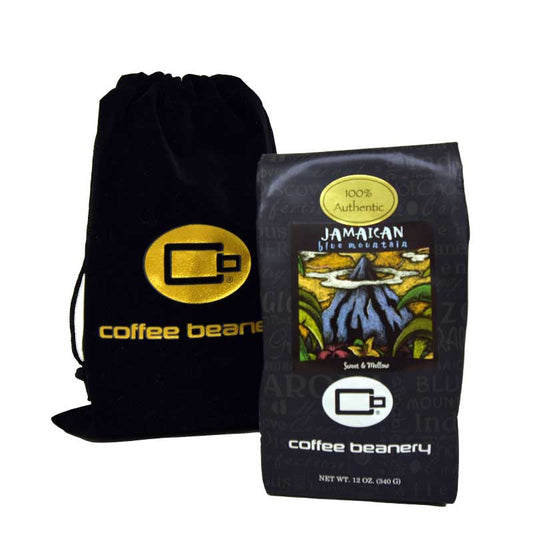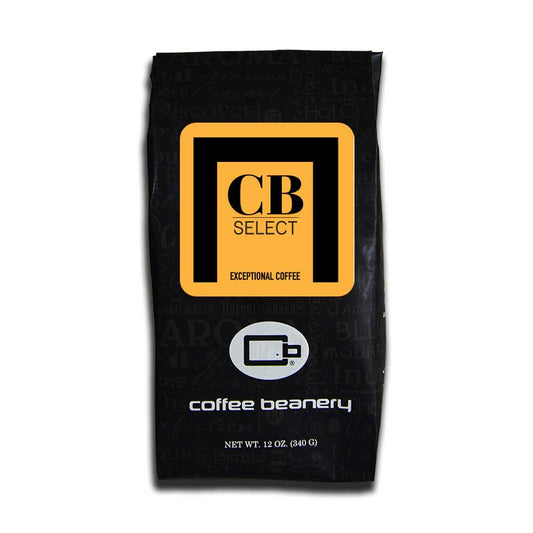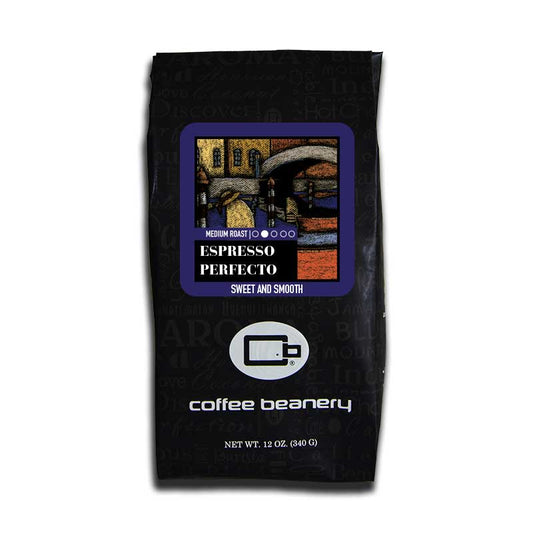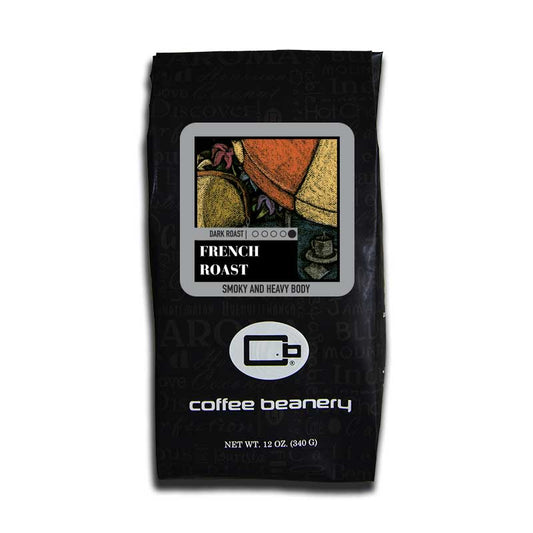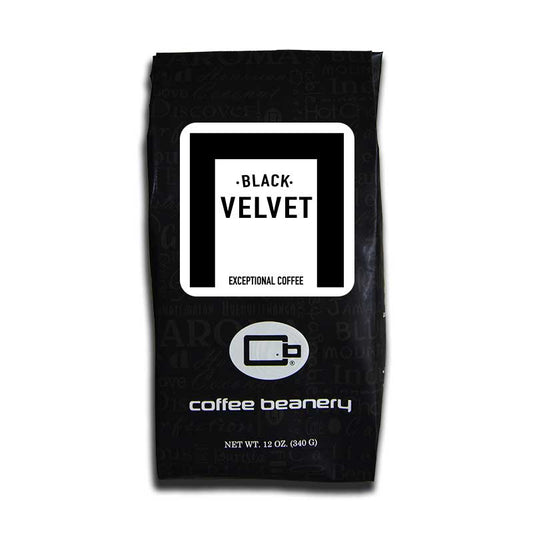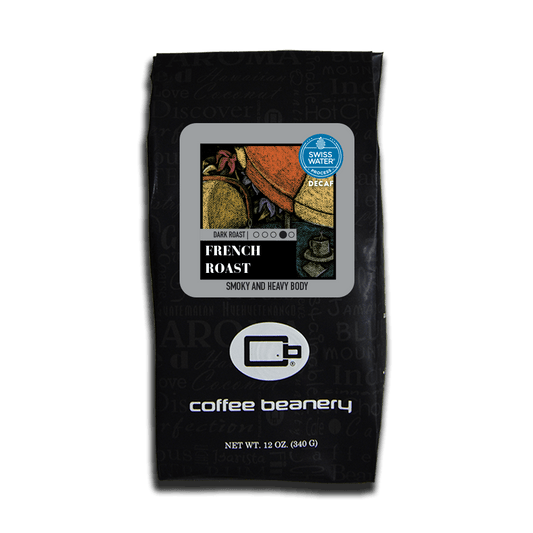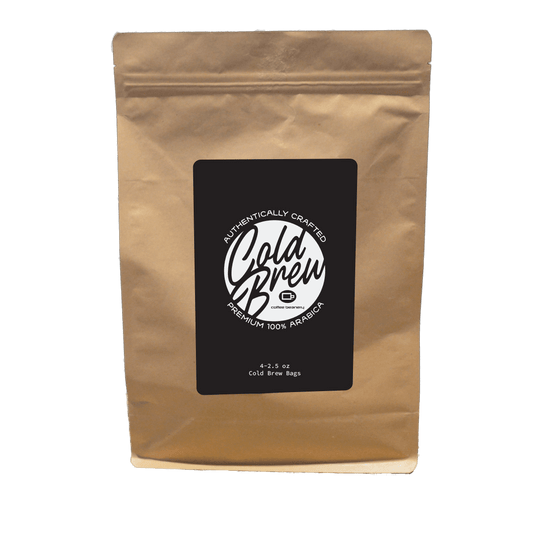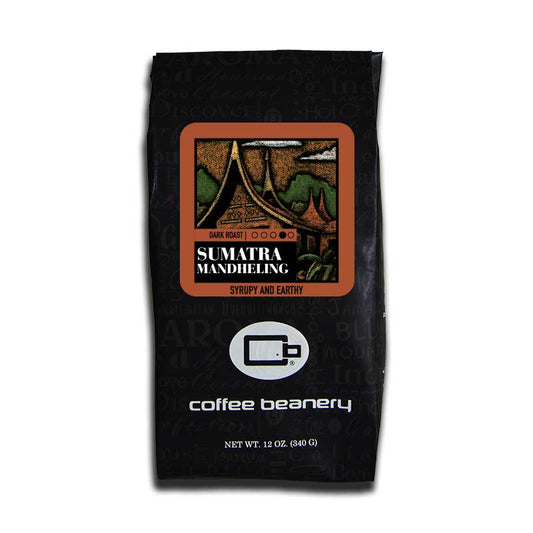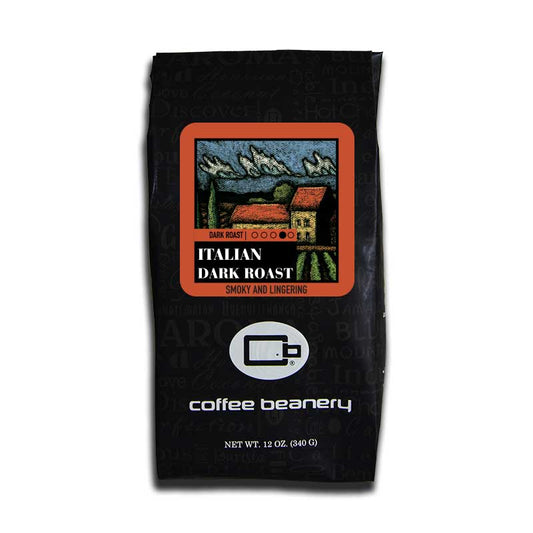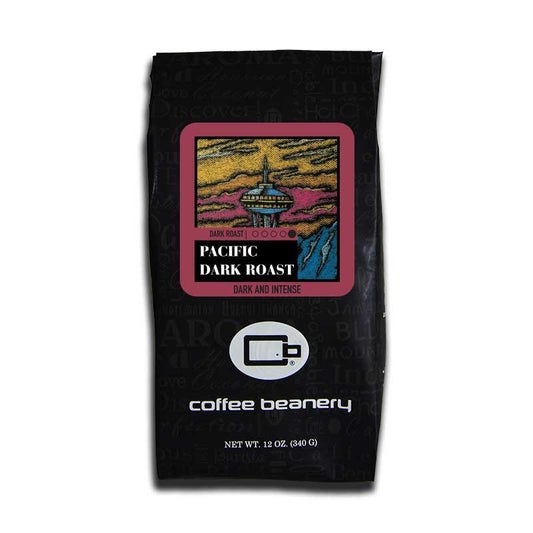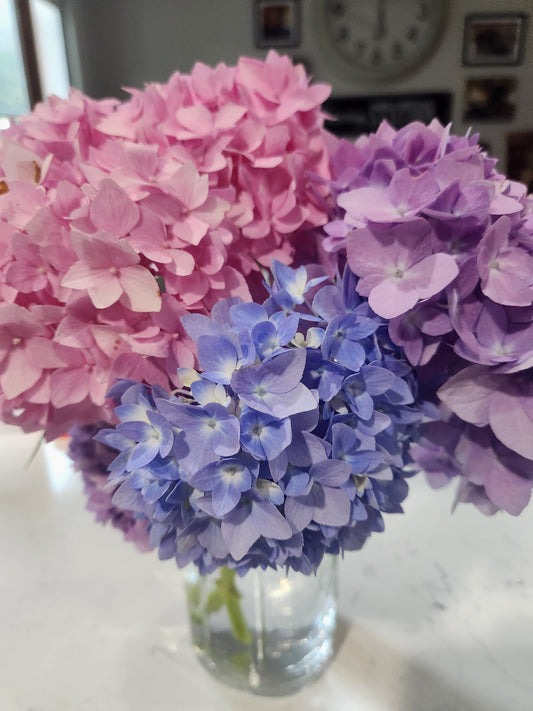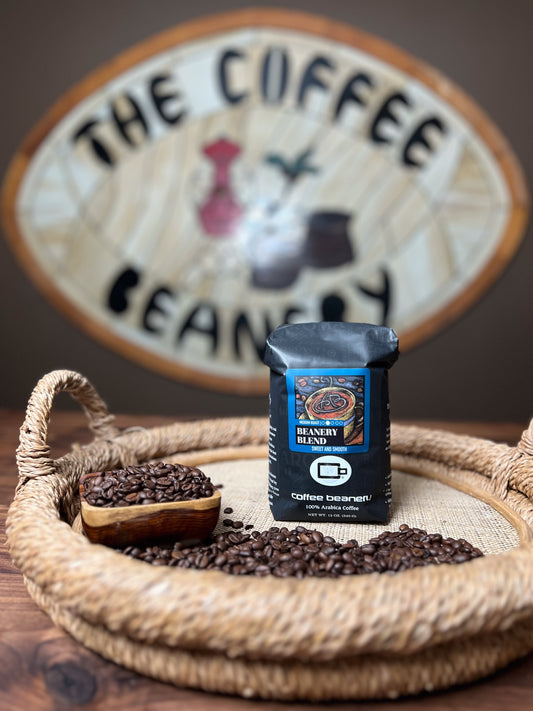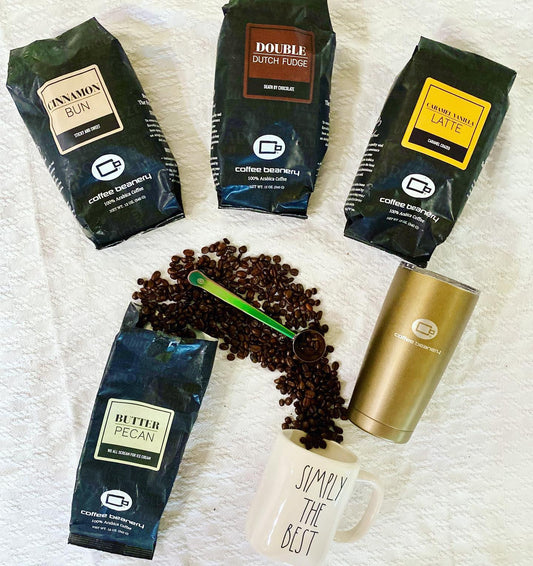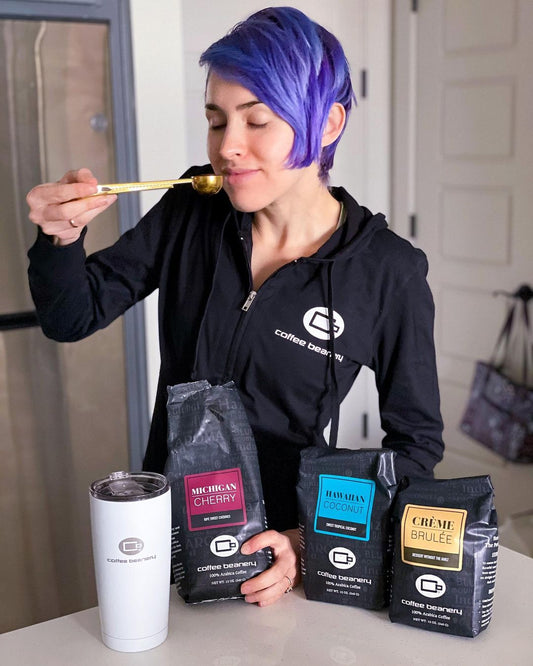Coffee Roast Guide
Coffee Roasting is a heat process that turns coffee beans into the fragrant, dark brown coffee that we know and love.
Why roast?
Roasting coffee beans brings out the aroma and flavor that is locked inside the green coffee beans. Unroasted Coffee beans are stored green, a state in which they can be kept without loss of quality or taste. A green bean has none of the characteristics of a roasted bean -- it is soft and spongy to the bite and smells grassy.
Roasting causes chemical changes to take place as the coffee beans are rapidly brought to very high temperatures. The first step in this process is called the first crack. Depending on the roasted coffee desired, the time and temperature will change with each roast. Coffee that is Dark Roast will require a higher temperature and more time. Each roast level is different depending on if you want a dark, medium- dark, medium, medium-light or light roast coffee. When the coffee bean reaches the peak of perfection, the coffee beans are quickly cooled to stop the process. Roasted the coffee smells like coffee, and weighs less because the moisture has been roasted out. They are crunchy to the bite, ready to be ground and brewed.
Roasters are artisans that need to keep track of the internal temperature and roast level as they Roast Coffee. Depending on the flavor profile they are trying to achieve
Two main types of coffee, Arabica and Robusta will have different moisture contents that lead to differences in the roasted coffee process.
Once roasted, however, they should be used as quickly as possible before the fresh roast flavor begins to diminish.
Roasting is both an art and a science
It takes years of training to become an expert roaster with the ability to “read” the beans and make decisions with split-second timing. The difference between perfectly roasted coffee and a ruined batch can be a matter of seconds. Roasters need to identify when the first crack occurs and time the coffee if it is a light/medium roast level to cool it down before the second crack.
While many coffee companies just dark roast all of their coffee, it takes a true artist to bring out the flavor potential of the coffee bean. You can see the difference when you look at a Dark Roast Whole Bean Coffee and see the consistency of the roast without any burnt marks.
